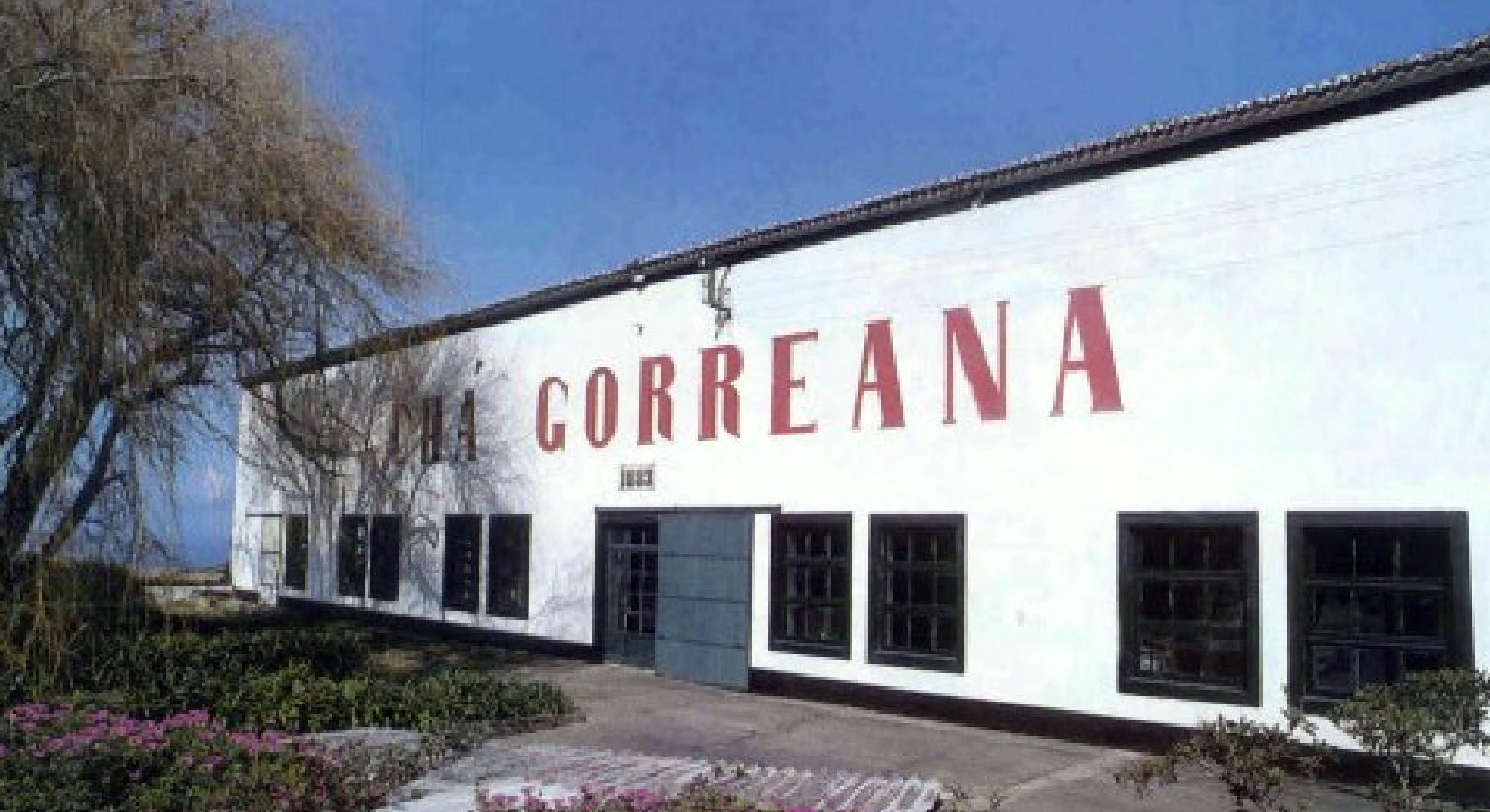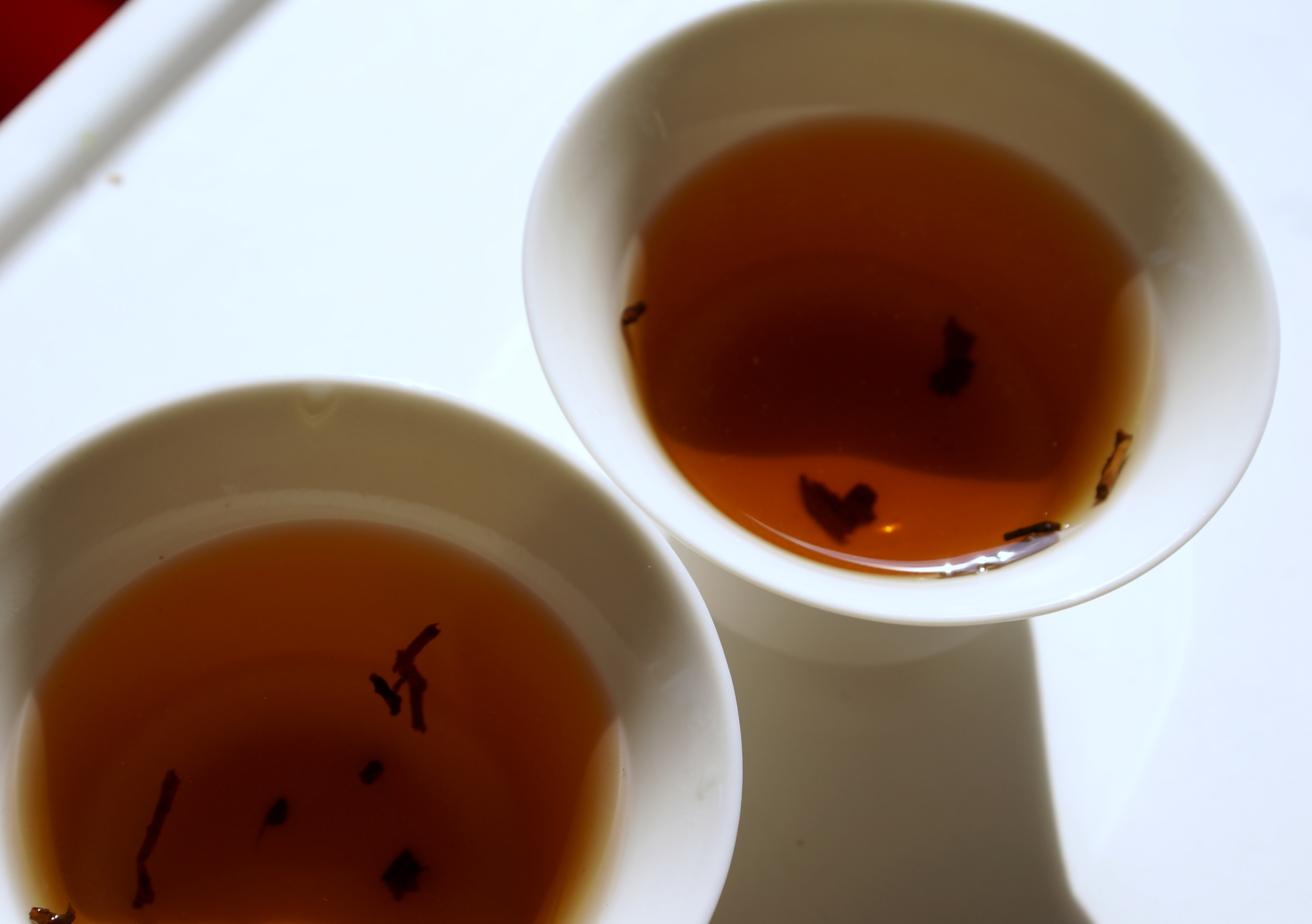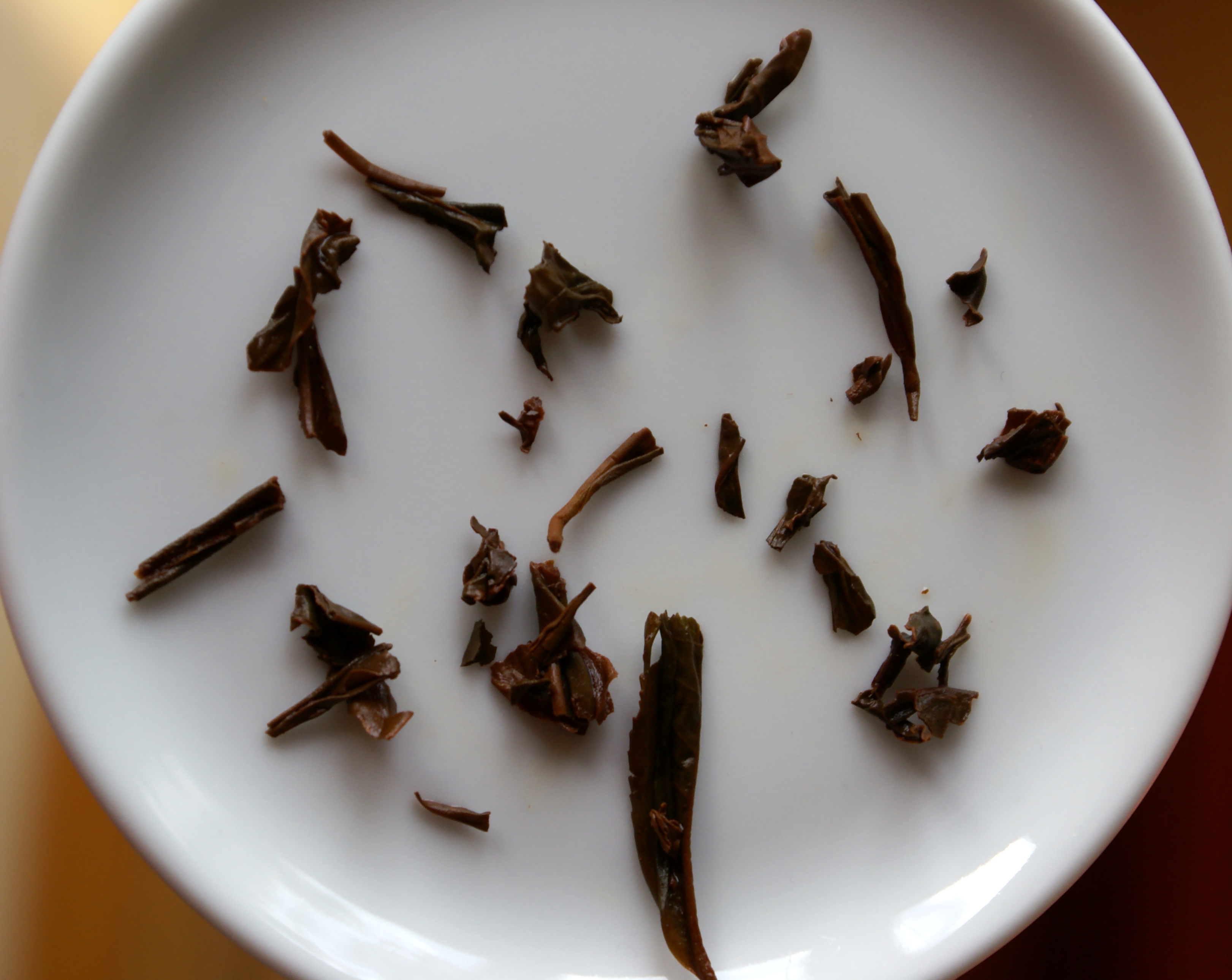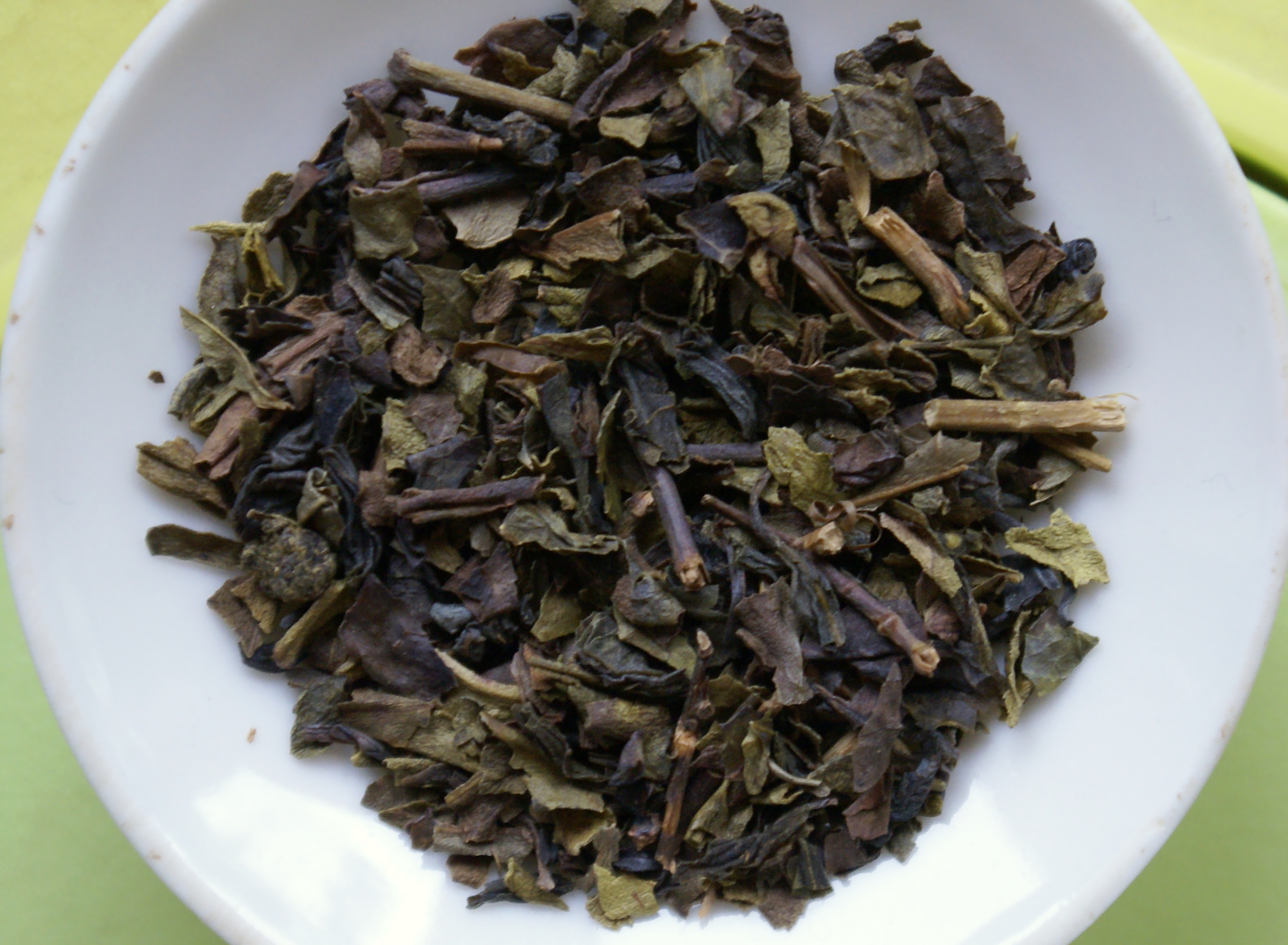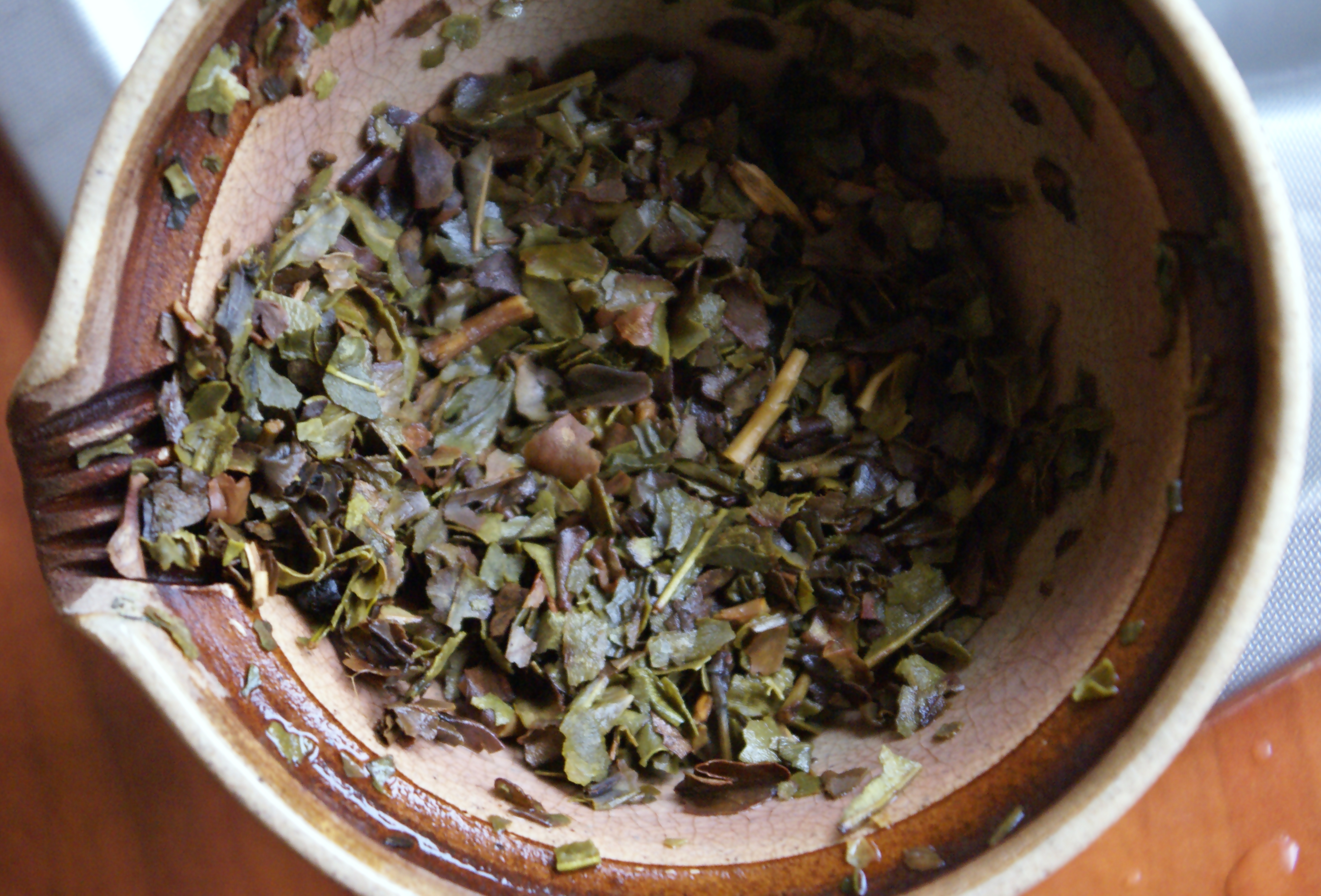In Portugal (8): Tea from the Azores
Posted on 6 May 2011
[Click here for earlier articles in this series]
An unexpected deviation of my recent trip to Portugal has been tea. Not tea I brought from home, but Portuguese tea. Yes, no mistake: Portugal is the only producer of tea in Europe. More precisely, there are tea plantations on the volcanic islands of the Azores, which administratively belong to Europe, though are geographically isolated in the middle of the Atlantic, 1500 km from both mainland Portugal and Morocco.
Tea cultivation on a moderate scale goes back to the 18th century here, and at least two tea estates, Gorreana and Porto Formoso, have their roots in the mid-19th century. I have failed to find the latter’s products in Oporto or Lisbon, but Gorreana is quite widely available in speciality tea shops and upmarket delicatessen (and you can also buy it at Lisbon airport’s duty free shop).
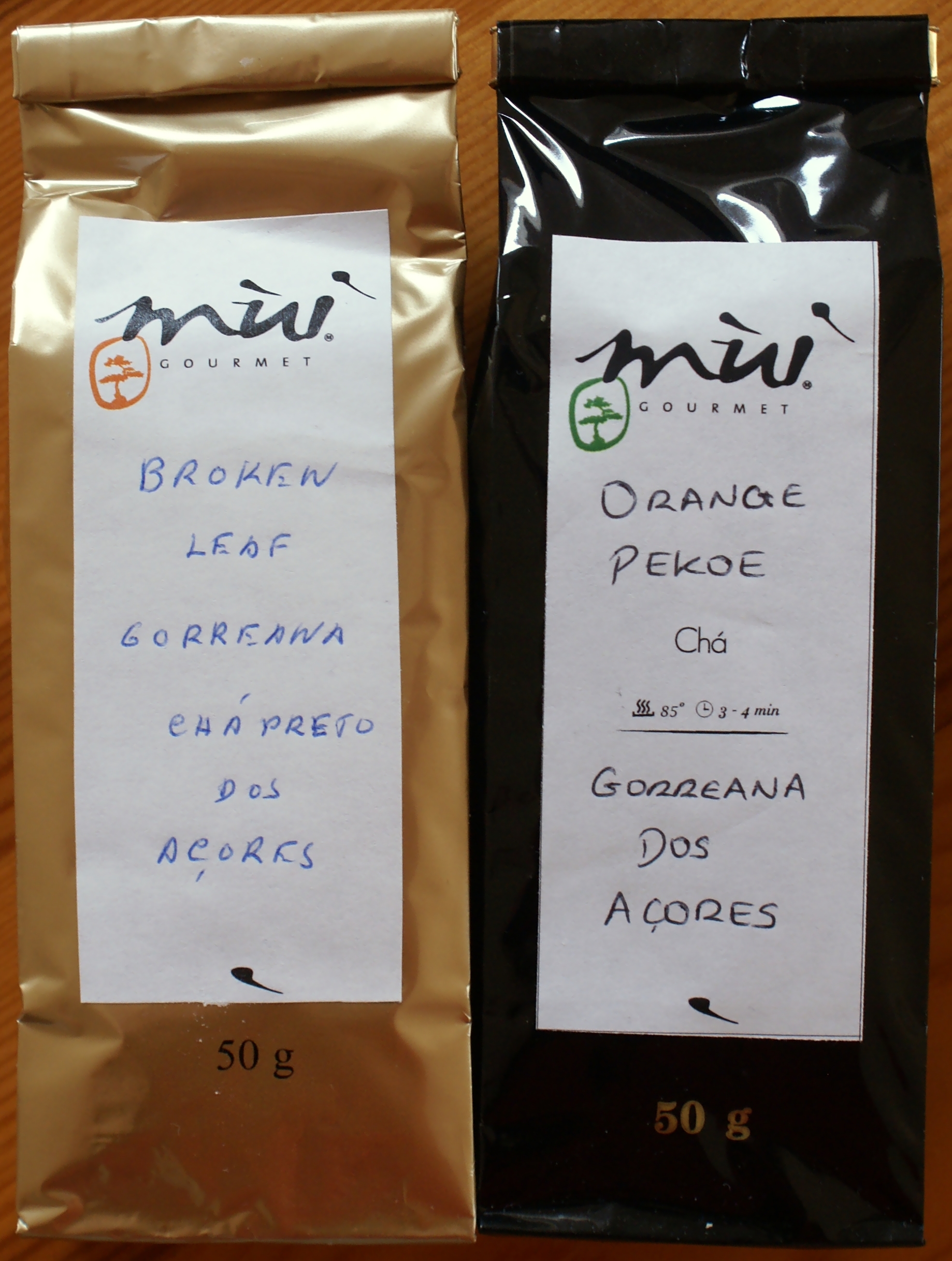 I have no background data on Gorreana other than browsing their website (and admiring the somewhat historic-looking tea processing machines) so I approached these teas with a clear head. I purchased two black teas: the Broken Leaf and Orange Pekoe (mine was a custom packaging from an Oporto tea shop; the original Gorreana bag design is to the right). Honestly I don’t find them very different: if anything the Broken Leaf is a little fruitier and more intense.
I have no background data on Gorreana other than browsing their website (and admiring the somewhat historic-looking tea processing machines) so I approached these teas with a clear head. I purchased two black teas: the Broken Leaf and Orange Pekoe (mine was a custom packaging from an Oporto tea shop; the original Gorreana bag design is to the right). Honestly I don’t find them very different: if anything the Broken Leaf is a little fruitier and more intense. 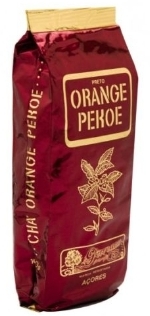 They are generally light teas, yielding a lightish orange colour akin to a second-flish Darjeeling, and a thin infusion. You need to dose high to get much character here; a 2g / 100ml competition brewing seemed definitely diluted. But the line into overbrewing is a thin one. In contrast to their light colour, the oxidation of these teas is very high and dominates the profile with light malty, dried-herby notes. In brief, these don’t have a lot of character, though they brew a pleasant enough cup. Looking at the leaves, it would perhaps be futile to expect more: there is a lot of fragmentation, quite a bit of stems, no sign of buds (a friend of complexity and texture), and on the whole it’s the looks of a fairly basic tea.
They are generally light teas, yielding a lightish orange colour akin to a second-flish Darjeeling, and a thin infusion. You need to dose high to get much character here; a 2g / 100ml competition brewing seemed definitely diluted. But the line into overbrewing is a thin one. In contrast to their light colour, the oxidation of these teas is very high and dominates the profile with light malty, dried-herby notes. In brief, these don’t have a lot of character, though they brew a pleasant enough cup. Looking at the leaves, it would perhaps be futile to expect more: there is a lot of fragmentation, quite a bit of stems, no sign of buds (a friend of complexity and texture), and on the whole it’s the looks of a fairly basic tea.
Gorreana’s most well-known product is the Hysson Green. I’ve found it very challenging. The first shock is looking at the dry leaf. Highly chopped and fragmented just as the black teas here, the Hysson is a chaotic blend of small and large, green and brown, leaf and stem. In essence, it’s not terribly well-sorted, and looks like a low-level commercial blend just like the blacks here. Consequently, it very easily overbrews. I was actually reminded of the green teas I drank at the homes of various aunts and grandmothers in the early 1990s when green tea made a debut in Poland and nobody knew how to handle it. Brewed with boiling water for 5 minutes in a large pot just as black tea, those cheap Chinese Chunmees and Gunpowders were a turbid orange in colour, tasted bitter as hell with no trace of fruit or freshness.
Something similar happens here. And I’ve not followed the above mis-brewing ‘recipe’. I’ve used up a good 30g of leaf trying to make sense of this tea. The problem is that with these slightly oxidised leaves, there’s very little extraction of flavour at lower water temperature but at higher ones, it becomes chunky, bitter and charmless. (It reminded me slightly of the Darjeeling green teas I reviewed here). Essentially this is oxidised green tea. I have a slight suspicion my sample did spend some time on the shop’s shelf, but in any case the style of this tea is very questionable.
Gorreana’s teas are not expensive: 50g can be had for between 4 and 7€ on the high street in Portugal. Azores being both a popular tourist destination and a place with no real acclaim for tea, the financial incentive might be lacking to produce more carefully sorted upmarket stuff. But the Hysson Green shows, for me, that there’s something with the manufacture process itself that’s not up to scratch with quality greens from China or Taiwan.
Disclosure
Source of teas: own purchase.


